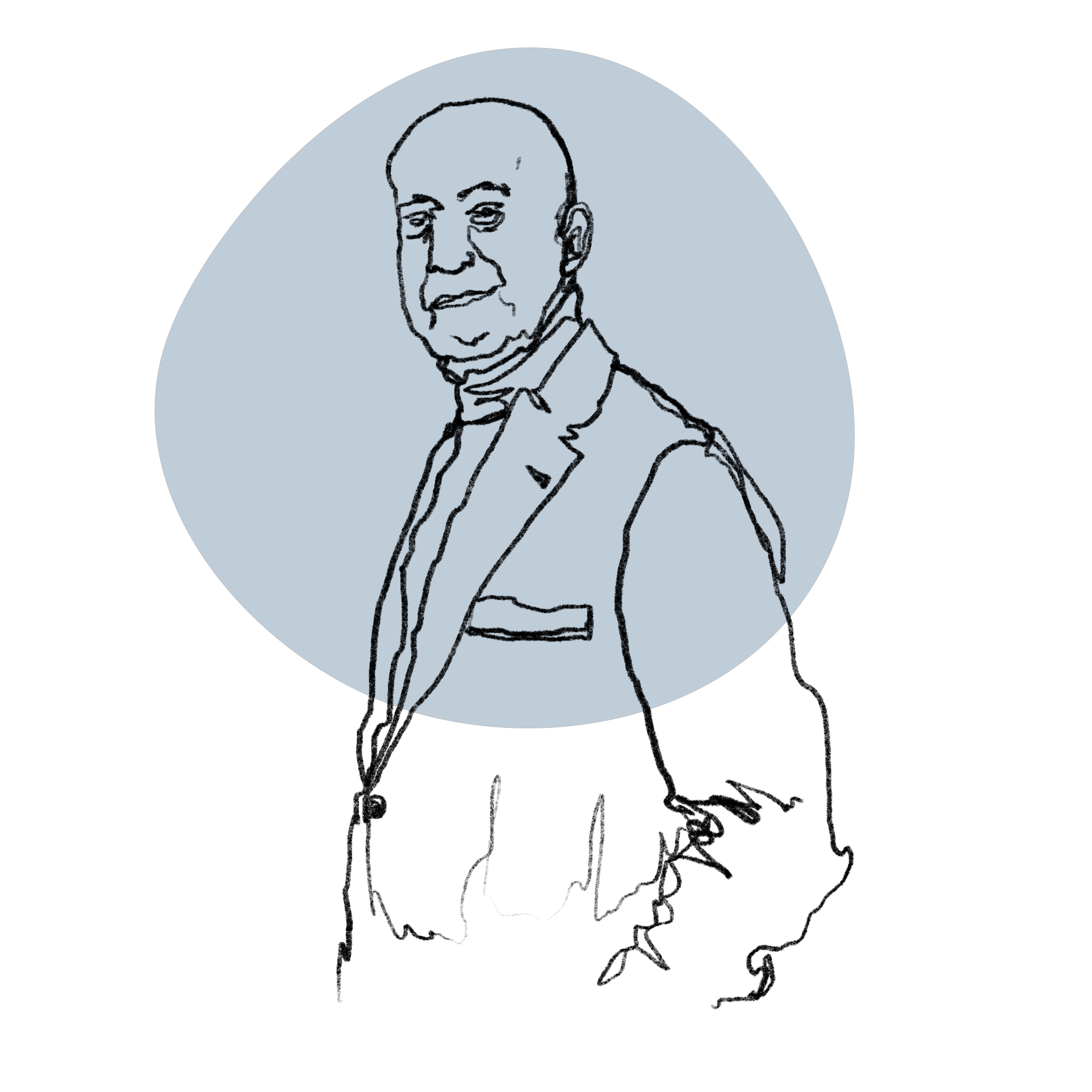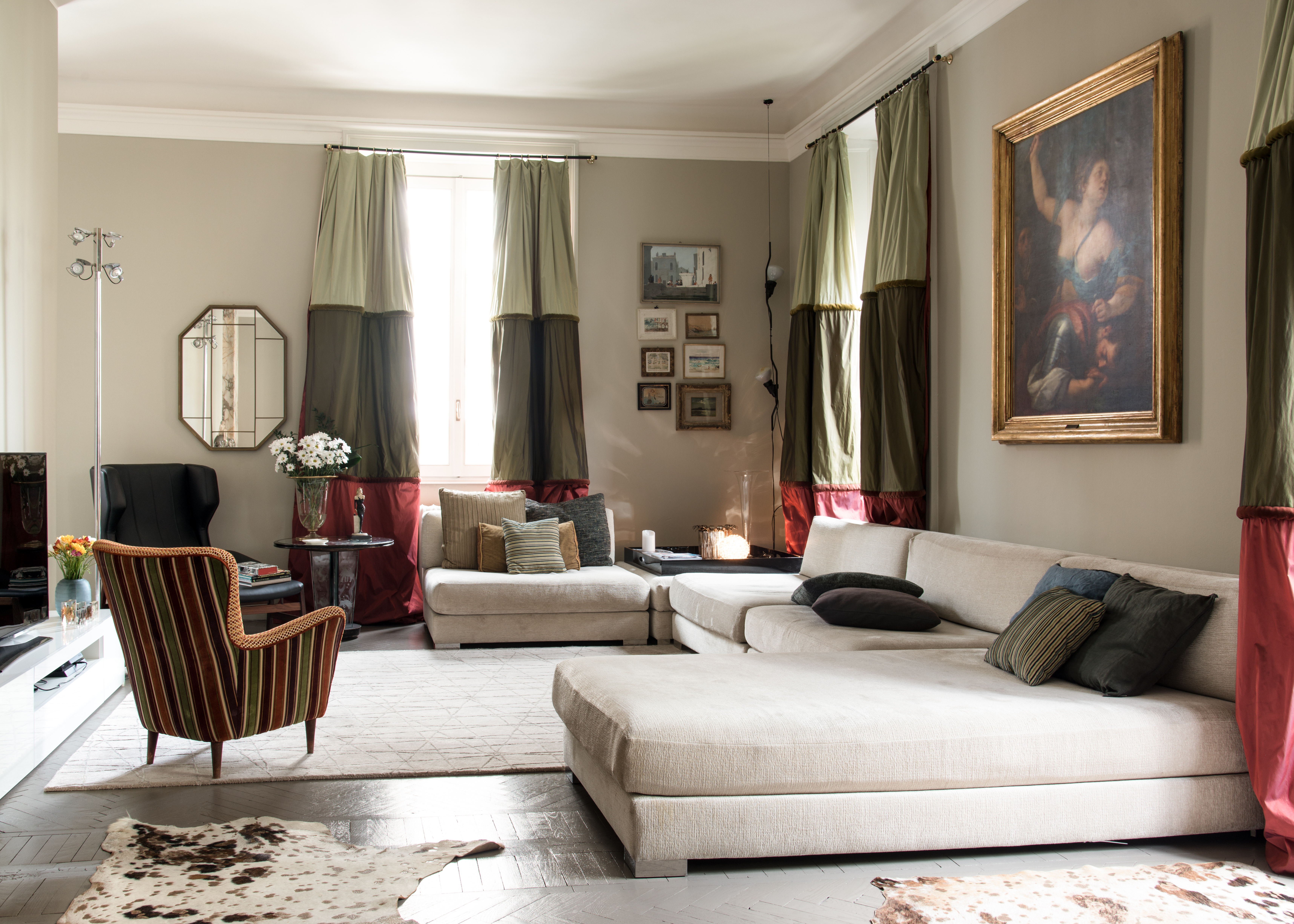Inspired by the latest market analysis today we propose an in-depth analysis of the vintage trade to try to understand the effects of the last two years and what are the future forecasts.
We must immediately point out that in the last decade the spending habits of consumers have evolved and the interest in resale, in each category, has grown exponentially. In 2020, 48% of Americans purchased at least one item through resale (latest Chairish 2020 report data).
Leading the way for this trend has certainly been the fashion industry, which has accustomed us to having a market full of easily available second-hand clothing thus conveying to the public a certain confidence in the benefits of reselling used clothing. In 2018, 49% of the second-hand market came from vintage clothing sales establishments.
In 2020, with the pandemic emergency, consumers began to exercise a similar attitude when it came to home decor. Along with the media and electronics, the second-hand furniture market has proven to be the fastest growing. This trend can not only be attributed to the lockdown effect, but it is also affected by a renewed awareness of environmental issues, recent problems with supply chains and the growing purchasing power of Generation Z.
The secondhand furniture resale industry is expected to grow 54% between 2021 and 2025. Why? Simply because society - by which we mean both consumers and manufacturers - is slowly realizing that the "fast furnishing" culture is no longer sustainable. In America alone, 16 million tons of furniture are discarded each year, compared to 2 million tons in the 1960s.
Re-sale or recommerce is at the heart of the circular economy, a new economic model that not only goes beyond the traditional model (produce, use and discard), but goes even beyond recycling (reusing material as much as possible). According to this approach, it is not enough just to reuse an object, it is also essential to provide for its resale or any other method that favors the passage of that finished object from one destination to another.
A recent estimate predicts that if a significant number of consumers purchase resale goods through the circular economy, by 2030 primary material consumption could be reduced by 32%. This is enough motivation for us to pursue our mission of putting select vintage home furnishings back into circulation and make them available to everyone through our online platform.






.png)






